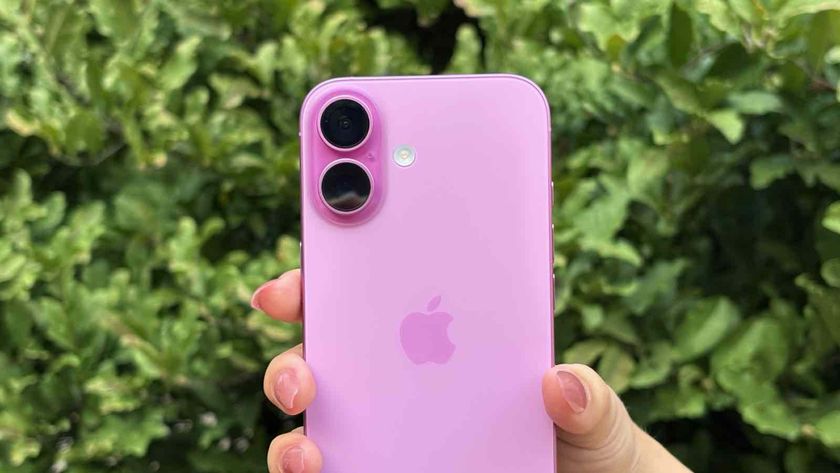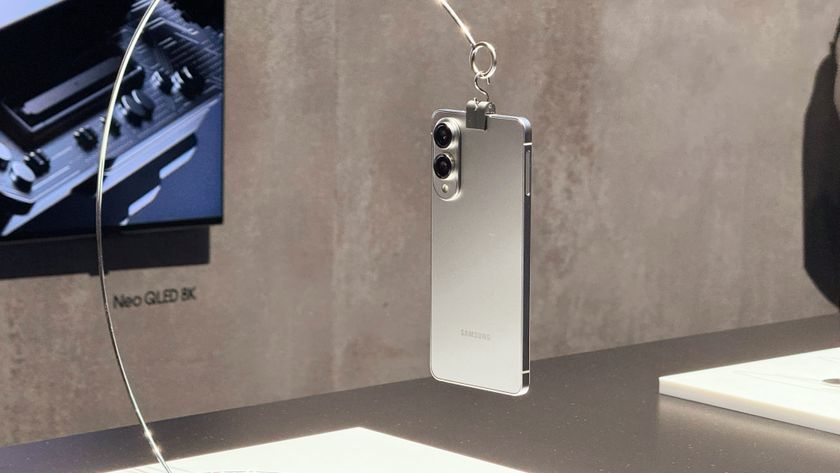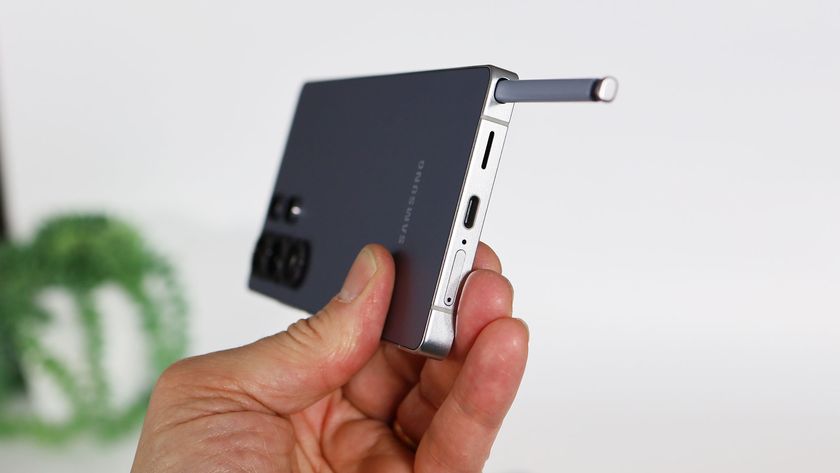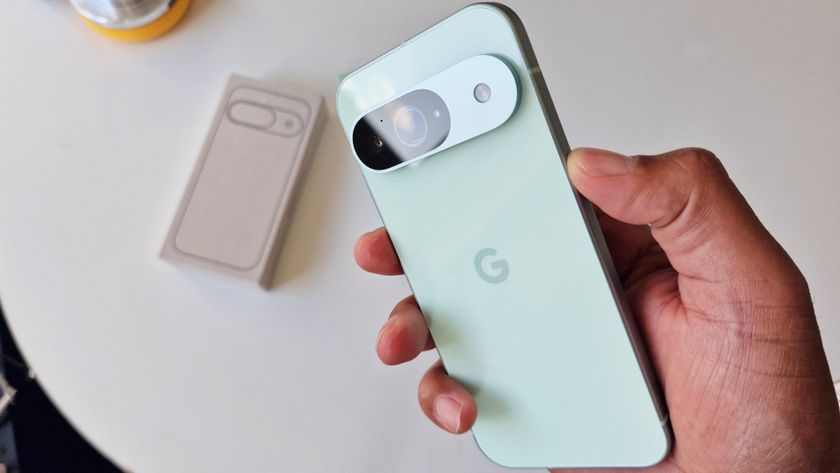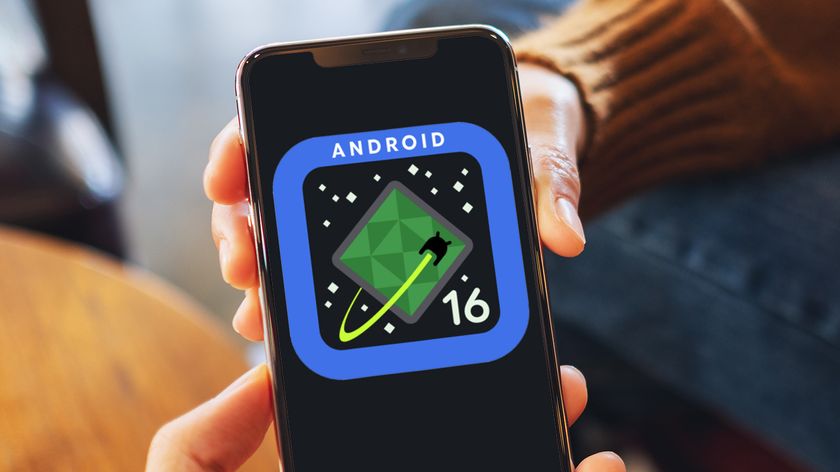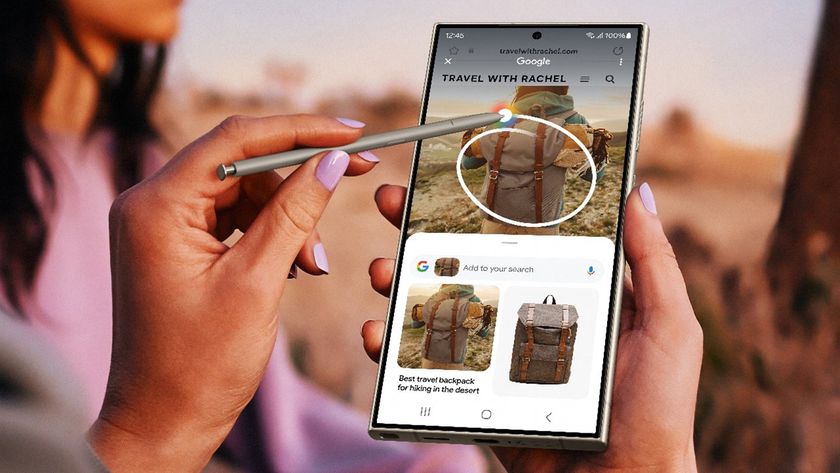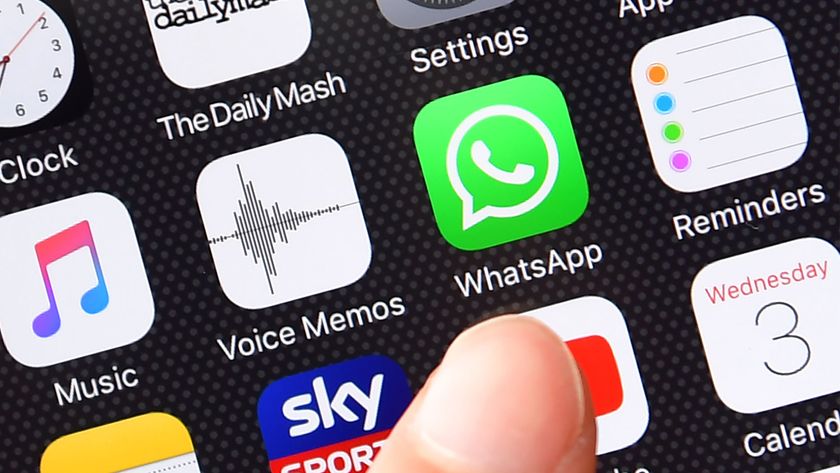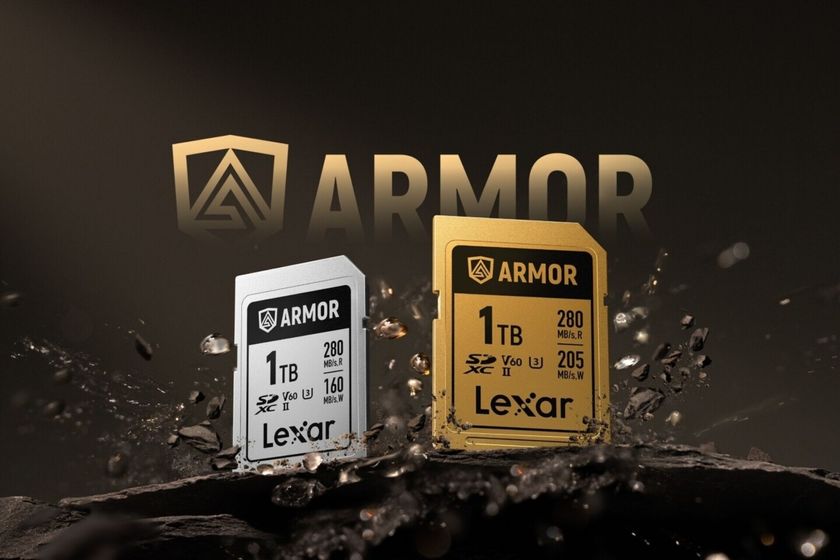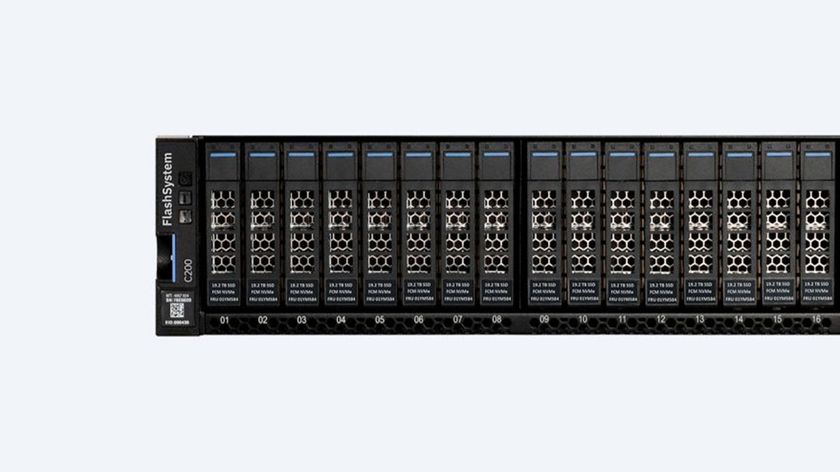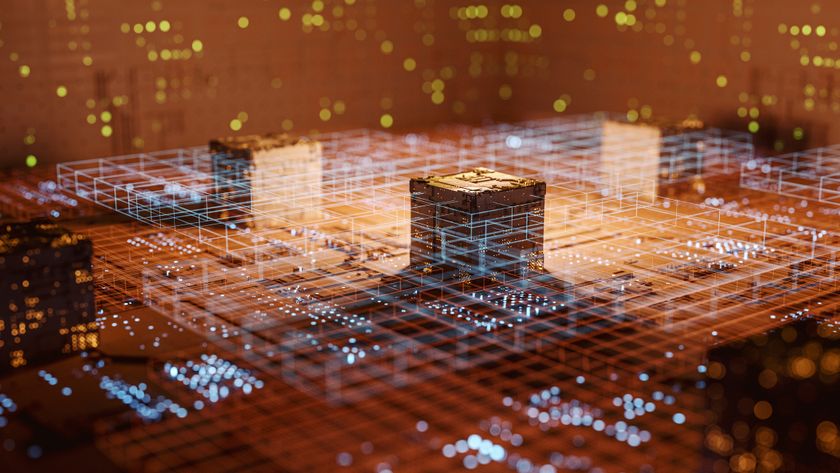Next-generation sodium-ion batteries could power future smartphones
Step aside, lithium-ion
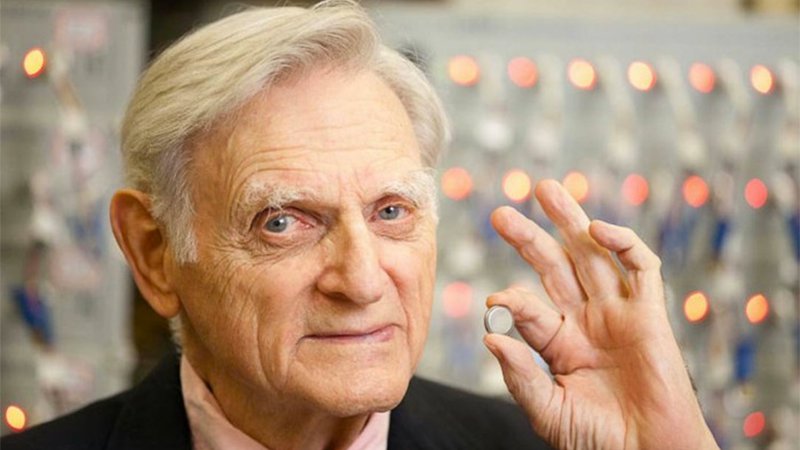
A team of researchers at the University of Texas, led by John Goodenough - the inventor of the lithium-ion battery, has developed a crucial component that could pave the way for cheap, safe sodium-ion rechargeable batteries.
Batteries have three main components - an 'anode', a 'cathode' and the 'electrolyte'. Chemical reactions in the electrolyte cause a build-up of electrons at the negatively-charged anode, which then flow through a circuit back to the positively-charged cathode.
Goodenough and his team have been working for several years on sodium-ion batteries, which offer a promising alternative to the lithium-ion cells used in smartphones, laptops and electric cars around the world. Sodium is much more common than the far rarer lithium, making it much cheaper.
Cheap and cheerful
To date, sodium-ion batteries have suffered poor performance, weight and safety compared to their lithium-ion cousins, but now Goodenough believes he's found a cathode material that could change all that. It's made of a non-toxic and inexpensive mineral called eldfellite.
"At the core of this discovery is a basic structure for the material that we hope will encourage researchers to come up with better materials for the further development of sodium-ion batteries," said Preetam Singh, a postdoctoral fellow and researcher in Goodenough's lab. ''We believe our cathode material provides a good baseline structure for the development of new materials that could eventually make the sodium-ion battery a commercial reality."
Details of the discovery were published in the journal Energy and Environmental Science.
Get daily insight, inspiration and deals in your inbox
Sign up for breaking news, reviews, opinion, top tech deals, and more.
